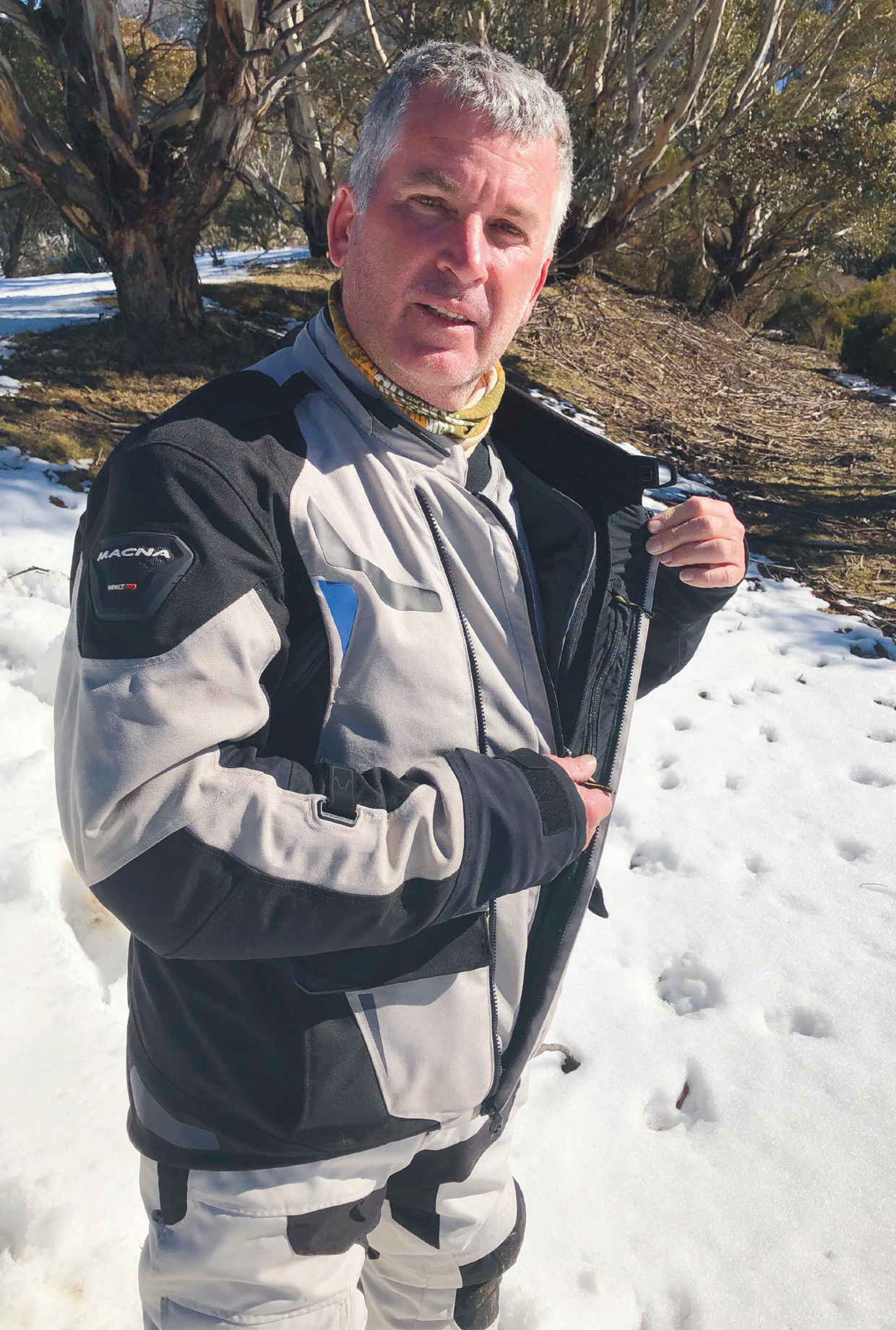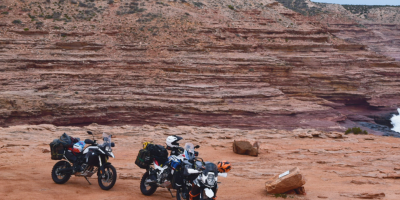- It’s what we do
- Aussie Ron Does New Zealand
- Our Island Home
- Yamaha Ténére 700
- Northwest Or Bust
- Two In One
- Help Me If You Can
- Why, Brother? There’s Nothin’ Much There
- Touratech Compañero World 2 Suit
- 8 Blokes. 9244km. 1 Great Ride
- An Interesting Week In The Andes
- Taming Hills with Miles Davis
- Sole man with Andy Strapz
- Holding Hands with Karen Ramsay
- Fit Out – Touratech Yamaha XTZ 700 Ténéré
- Checkout
A year ago I highlighted a couple of errors I’d made and how they were really simple things…‘rookie’ errors I said at the time, and the consequences had been a little dramatic.
I’ve done it again, but this time there was no serious penalty except I’ve made myself look really foolish.
I won’t bore everyone with the circumstances, but the lesson is a good one and worth reiterating, especially as adventure bikes are lunging further and further into a heavy reliance on electronics.
If a motor has fuel, spark and compression, it will fire.
That’s the lesson.
Write it down and put it in your tool roll.
If a motor won’t fire, those are the first things to check. Always.
‘Fuel, spark and compression’ was one of the very first things I ever learned about the internal combustion engine. That was a very long time ago, and over the decades I’ve dealt with many engine failures by applying that basic concept. If an engine won’t run, the first things to check are that fuel is getting to the cylinder, that there’s spark, and that there’s compression.
In an overwhelming majority of cases, an engine not running will be because one of those three vital things is not as it should be.
Back when engines ran contact points it was possible to have spark and the engine not run, but it would fire or cough or something, so the premise still held. These days bikes are so frigging “ Rolling the bike down hills in the insane hope some higher deity might reach down from above and miracle the thing into life. ” reliant on electronics it’s just doesn’t seem trailside repairs are likely. Plus, there’s the scary thought of messing up something not properly understood and doing some serious damage.


So when a bike ran for a while, then stopped, I panicked. Instead of checking fuel, spark and compression I began replacing fuses, looking for spooky electrical problems and rolling the bike down hills in the insane hope some higher deity might reach down from above and miracle the thing into life.
It didn’t happen. The bike wouldn’t start and it created some big problems in my working day.
None of that’s a big deal. It could happen to anyone.
I dropped the bike to the mechanic.
When he phoned he asked if, when I’d had the bike idling, had I had the choke on. I couldn’t remember, but as I’d started it cold, I said I probably had.
‘Well,” he said, a bloke of almost saintly patience, “I pulled the plug and it was really badly fouled.
I gave it a clean and the bike’s been running perfectly ever since.”
My shame is hard to describe.
No matter how whizz-bang the bike may be, regardless of what level of computer software is controlling its operation, an internal combustion engine still relies on fuel, spark and compression.
If a motor won’t run, or at least cough, those are the first things to check. Just as it was with smoky two-stroke motors when I was kid, and as it was with race engines when I punted around motocross tracks and enduro courses, and just as it is today dealing with horsepower monsters and high-level electronics.
The basics, like the joy of riding, are the same as they’ve always been.
















Comments